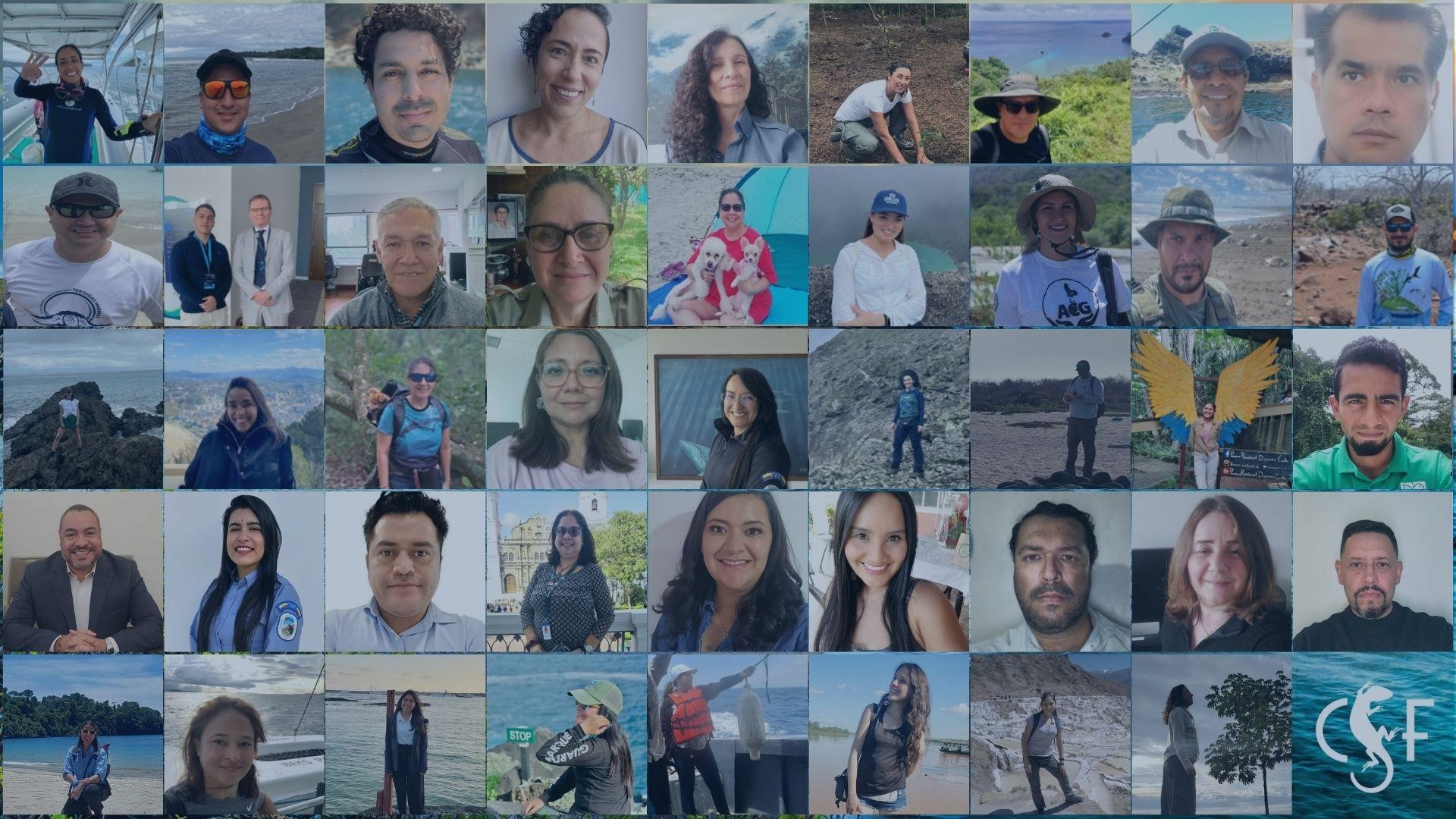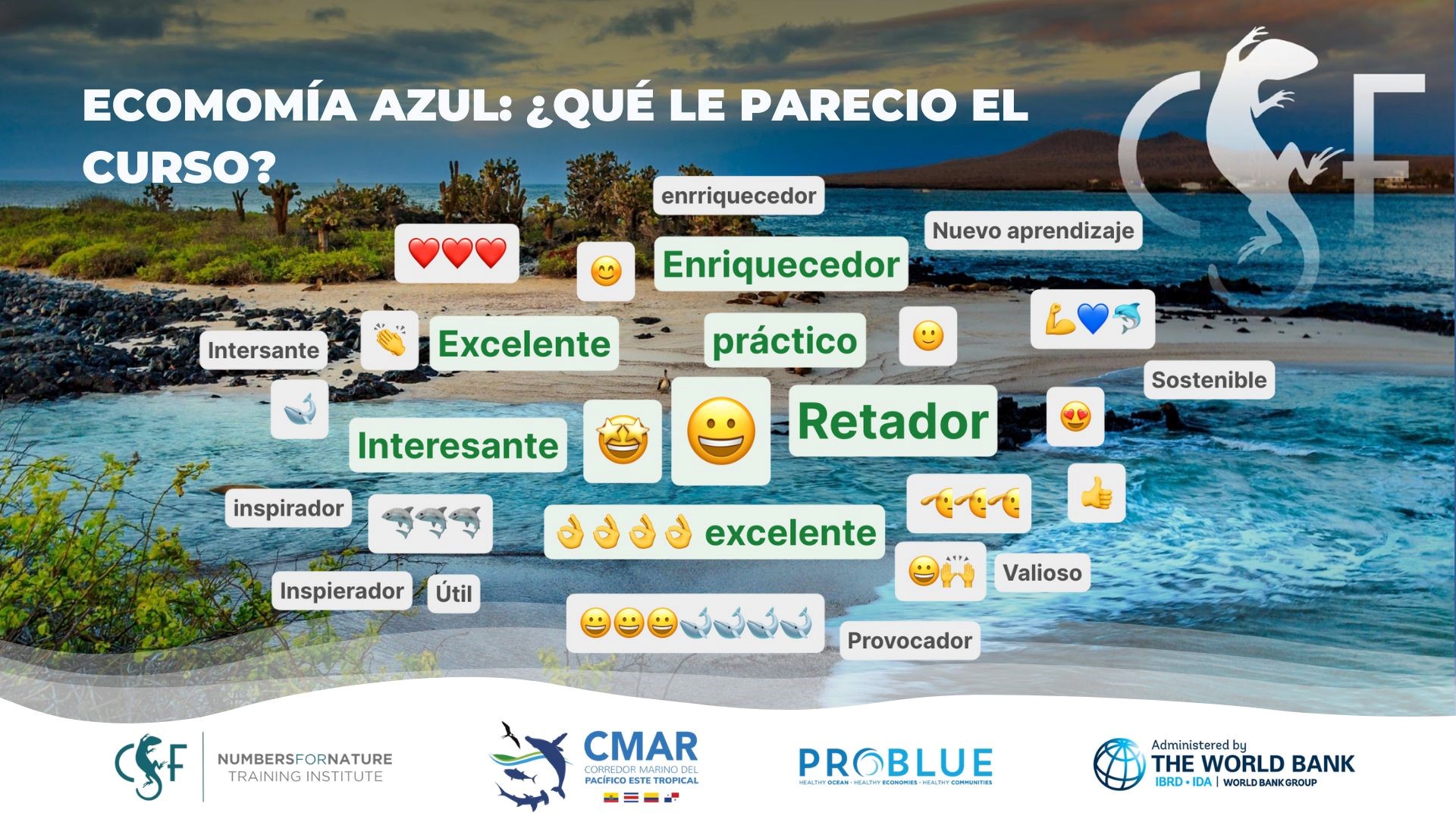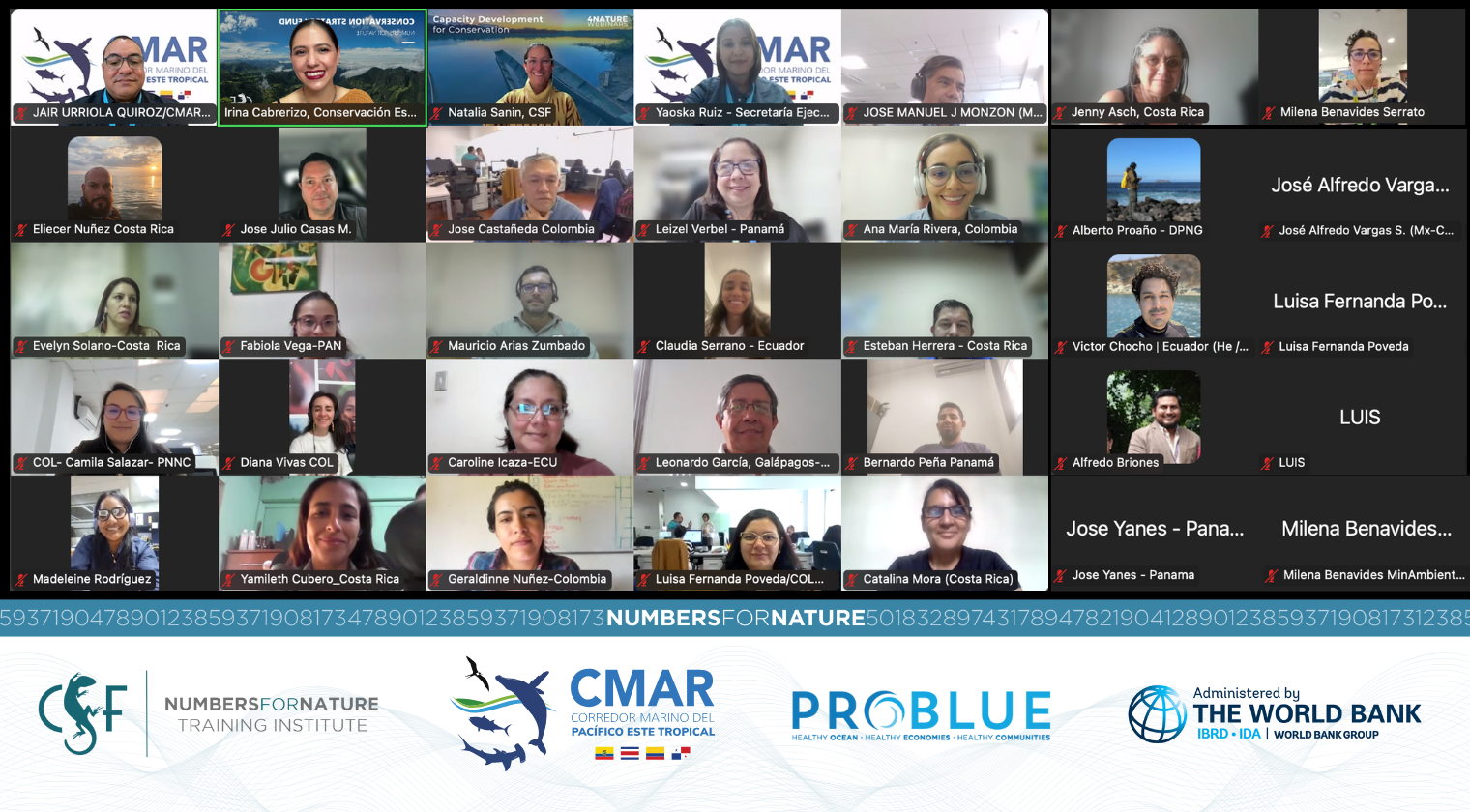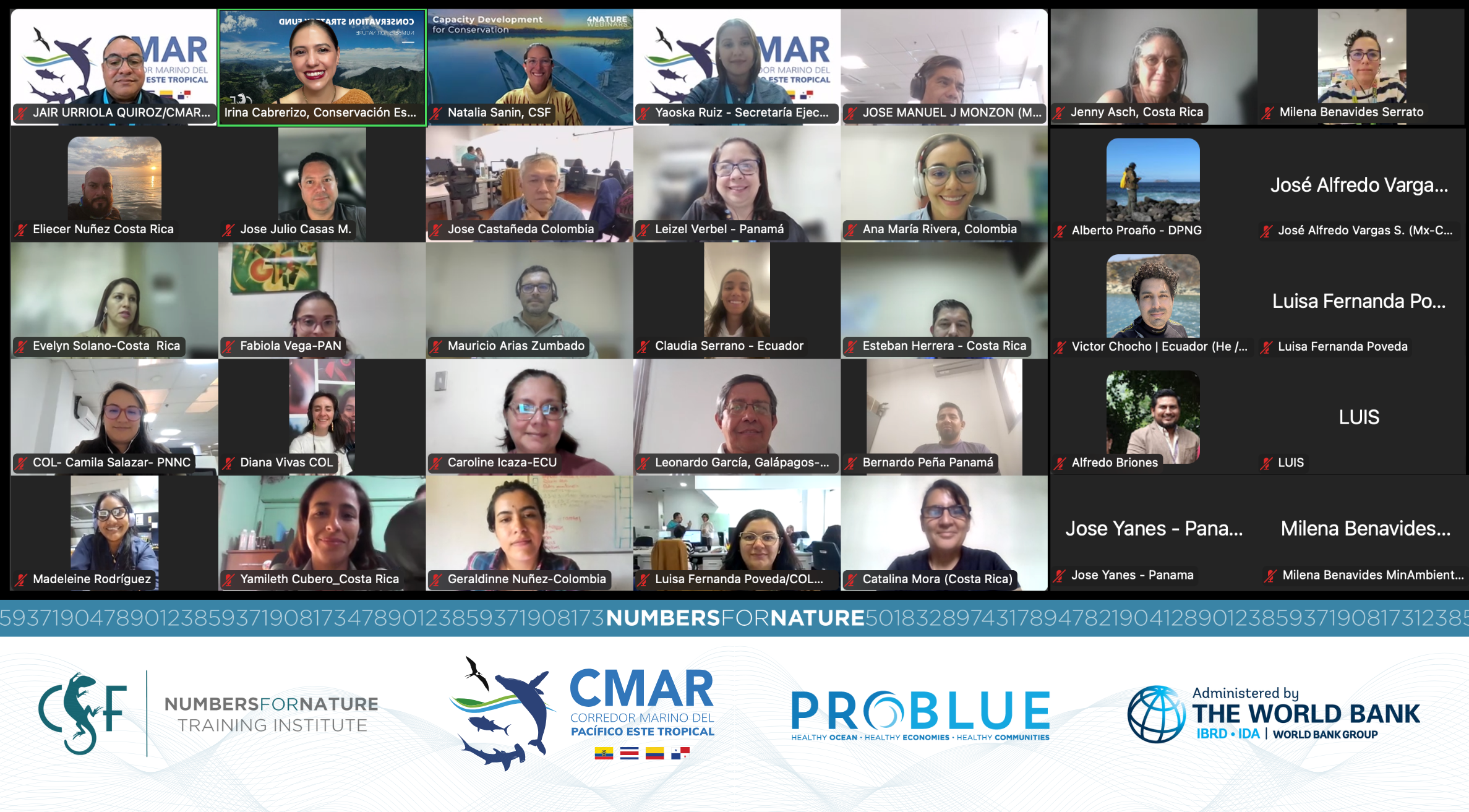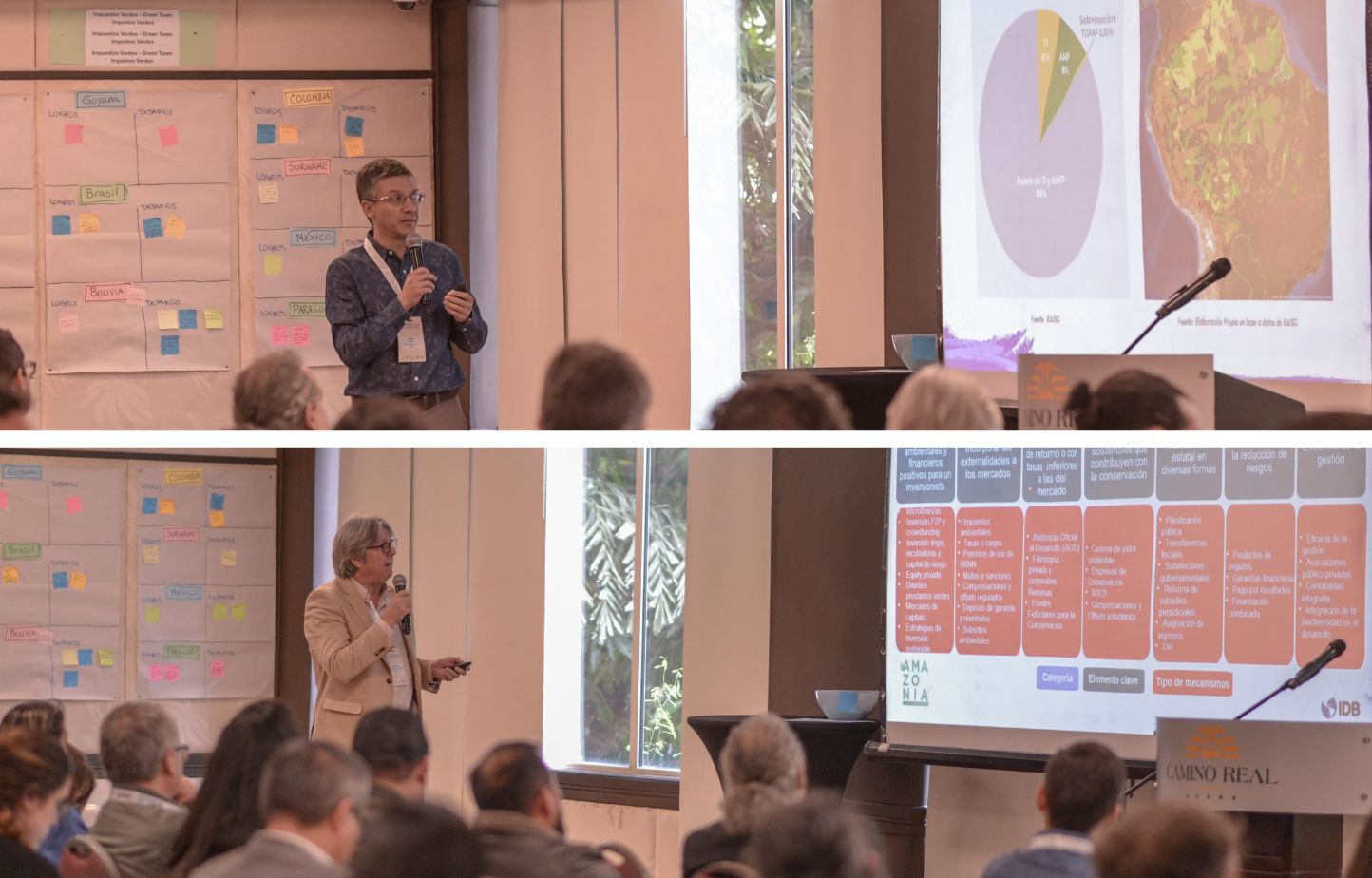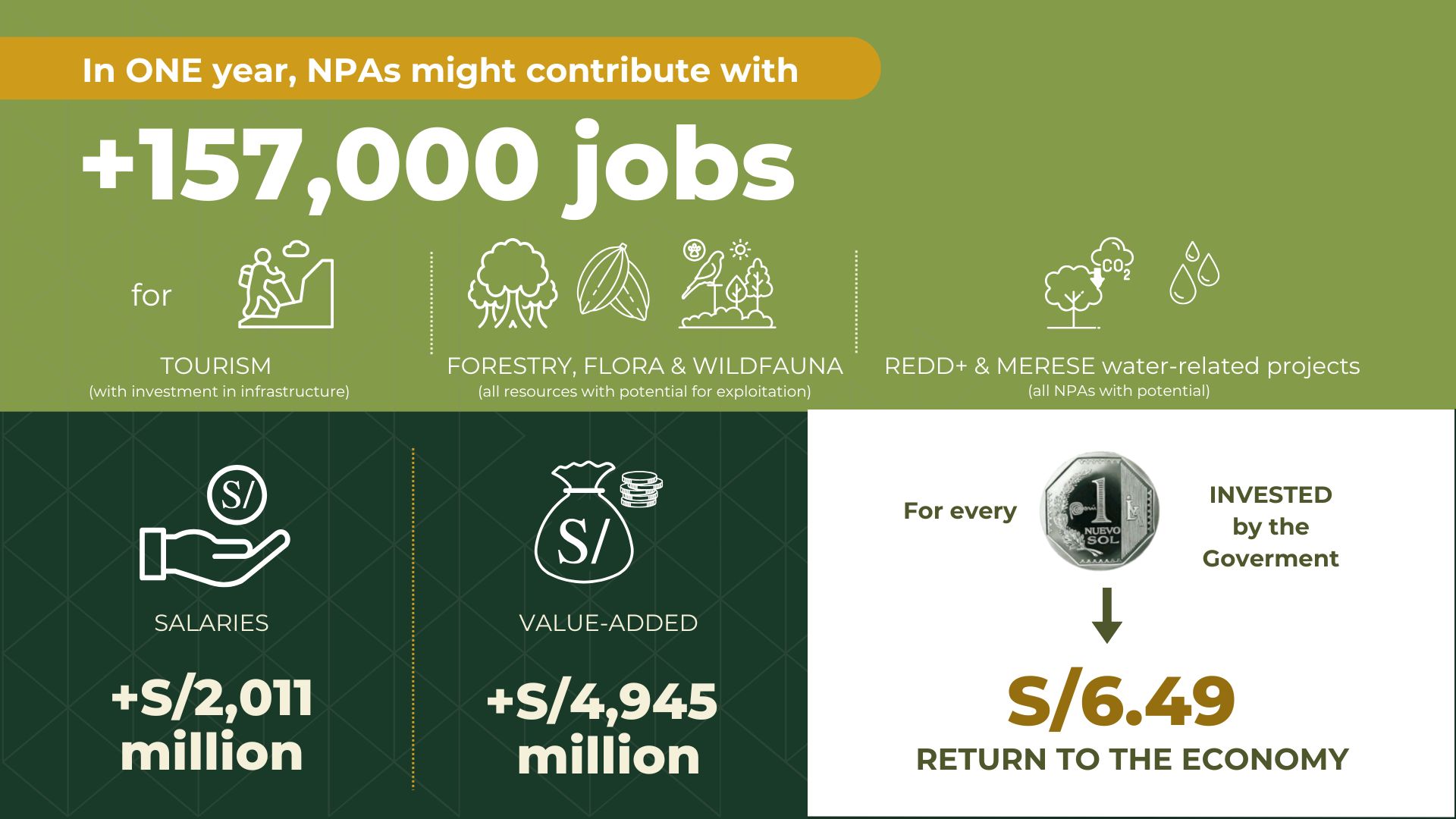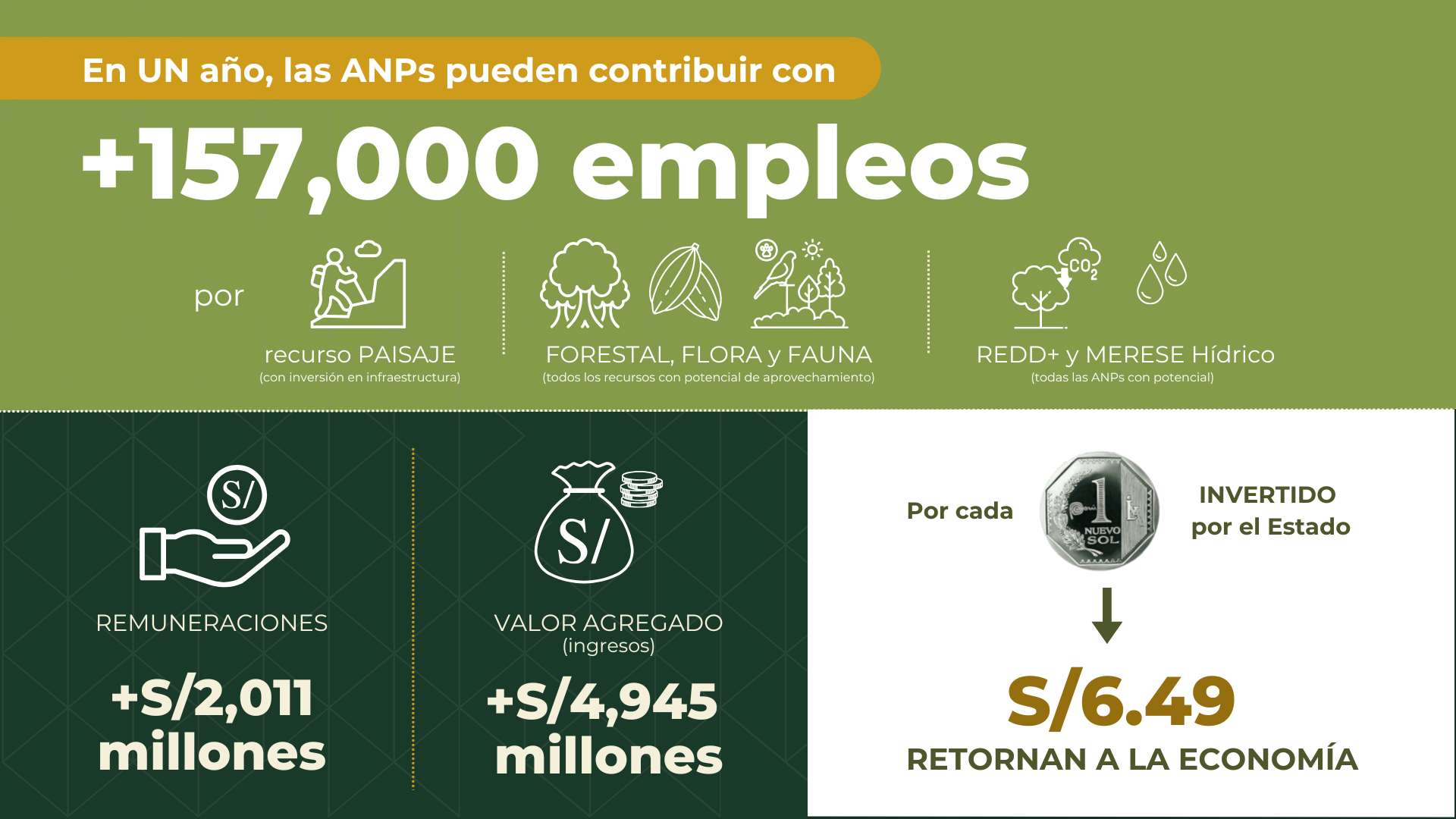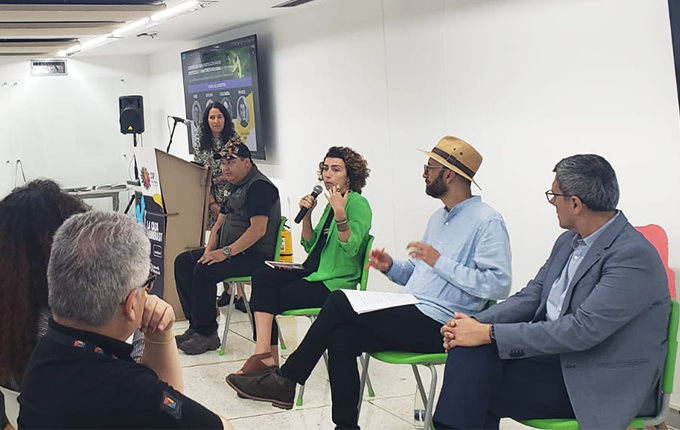News
Earlier this month, we were grateful to be working with several partners in the Amboseli Landscape of the Kajiado County in Kenya. This landscape is composed of the highest mountain in Africa as a backdrop, the incredible Amboseli National Park and surrounding ecosystems as the canvas, and the Maasai people, their livestock and the wildlife as the artists who have influenced this land over centuries.
But this picture is now fracturing.
The Conservation Strategy Fund (CSF) is pleased to announce the successful completion of the Blue Economy Course, a virtual course for members of the Eastern Tropical Pacific Marine Conservation Corridor (CMAR). The training took place between July 28 and September 19, 2025, to strengthen the institutional capacities of participants from CMAR member countries: Colombia, Costa Rica, Ecuador, Mexico, and Panama.
Conservation Strategy Fund (CSF) se complace en anunciar que finalizamos con éxito el Curso Economía Azul, un curso virtual para miembros del Corredor Marino de Conservación del Pacífico Este Tropical (CMAR). La capacitación se realizó entre el 28 de julio y el 19 de septiembre de 2025, con el objetivo de fortalecer las capacidades institucionales de participantes de los países miembros del CMAR: Colombia, Costa Rica, Ecuador, México y Panamá.
Ya está en marcha el curso virtual “Economía Azul para socios del CMAR”, una propuesta de formación desarrollada por Conservation Strategy Fund, a través de su Instituto de Capacitaciones Numbers for Nature, con el apoyo del Programa PROBLUE del Banco Mundial y en coordinación con la Secretaría del Corredor Marino del Pacífico Este Tropical (CMAR).
The virtual course Blue Economy for CMAR Partners is now underway. This training program was developed by Conservation Strategy Fund, through its Numbers for Nature Training Institute, with the support of the World Bank's PROBLUE Program and in coordination with the Secretariat of the Eastern Tropical Pacific Marine Corridor (CMAR).
Santa Cruz de la Sierra, Bolivia.— On April 2-4, the Amazon Sustainable Landscapes Program, the Inter-American Bank and WWF International hosted more than 90 experts from governments and NGOs for a workshop entitled “Sustainable Financial Solutions for Nature Conservation”. This event highlighted sustainable financing as a key tool for nature conservation in the Latin America and Caribbean regions.
Del 2 al 4 de abril, Santa Cruz de la Sierra (Bolivia) albergó a más de 90 expertos, de gobierno y sociedad civil, en el taller “Soluciones financieras sostenibles para la conservación de la naturaleza”, organizado por el Programa Paisajes Sostenibles de la Amazonía -una iniciativa regional liderada por el Banco Mundial y financiada por el GEF-, Banco Interamericano de Desarrollo (BID) y WWF Internacional.
A recent study from Conservation Strategy Fund (CSF) demonstrates the positive impact of NPAs on the Peruvian economy, and highlights how an investment in these services could mean a return of nearly 900% in economic value to Peru. This economic analysis indicates that strategic investments in these spaces will conserve natural heritage, and also generate employment and economic growth.
The natural protected areas (NPAs) are home to much of Peru's megadiversity. Ensuring their sustainability and efficient management is not only essential for the conservation of the country's flora and fauna but also represents a key opportunity for economic development and the well-being of local communities. The Conservation Strategy Fund (CSF) study reinforces this idea, highlighting the potential positive impact of NPAs on the Peruvian economy. Its findings indicate that investment in these strategic spaces, in addition to conserving natural heritage, also generates employment and economic growth.
#Numbers4Biodiversity
Alfonso Malky, Director for Latin America, CSF.


